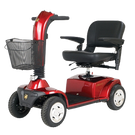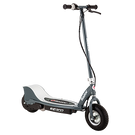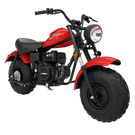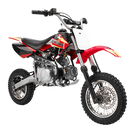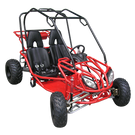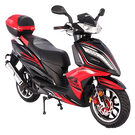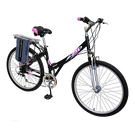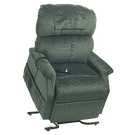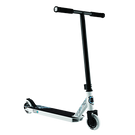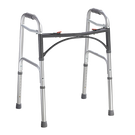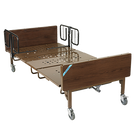
Replacement scooter clutch springs are generally offered in color-coded +1000 RPM (blue), +1500 RPM (yellow), and +2000 RPM (red) increments. The higher the additional RPM rating, the stiffer the spring. The stiffer the spring, the more centrifugal force (or "oompf") required for the clutch to engage. The stiffer springs usually result in a quicker, more aggressive start, however the drawback of higher RPM springs is greater fuel consumption. Because there are so many variable factors such as engine displacement, the weight of the rider, and so forth, there is no one optimal size for a scooter's clutch spring. It all comes down to personal choice and riding style. In general, this is an educated guess determined by simple trial & error.

It is recommended that you first upgrade your stock clutch springs to +1000 RPM (blue) springs as this gives better performance than stock springs without much of an increase in gas consumption. If the performance is still not up to your expectations you can try a stiffer set of springs such as the +1500 RPM (yellow). It all comes down to a personal choice between high-performance and economy. Like selecting roller weights, choosing a new set of clutch springs isn't as daunting or mysterious a task once you understand their function, features, and limitations.

Note: Selecting the stiffest or highest RPM spring may not always give the best performance on your scooter. A set of springs that is too stiff may exceed the engine's peak power causing sluggish acceleration. To reiterate, it is best to start with a lower RPM spring before moving on to a higher type.

